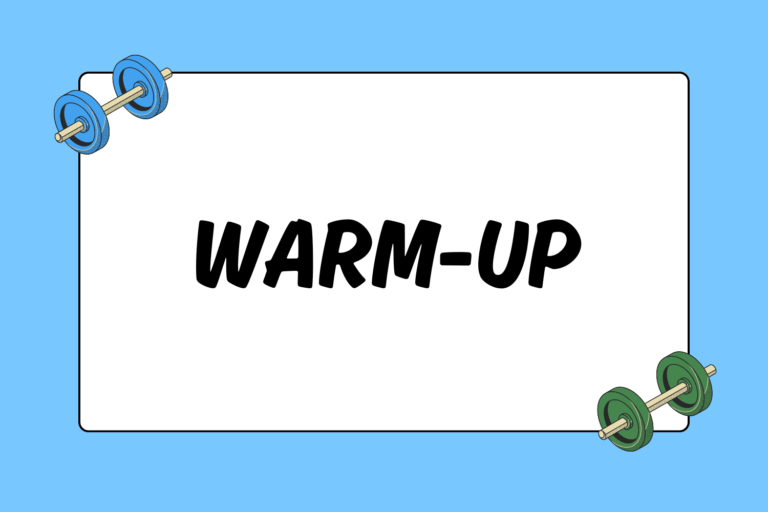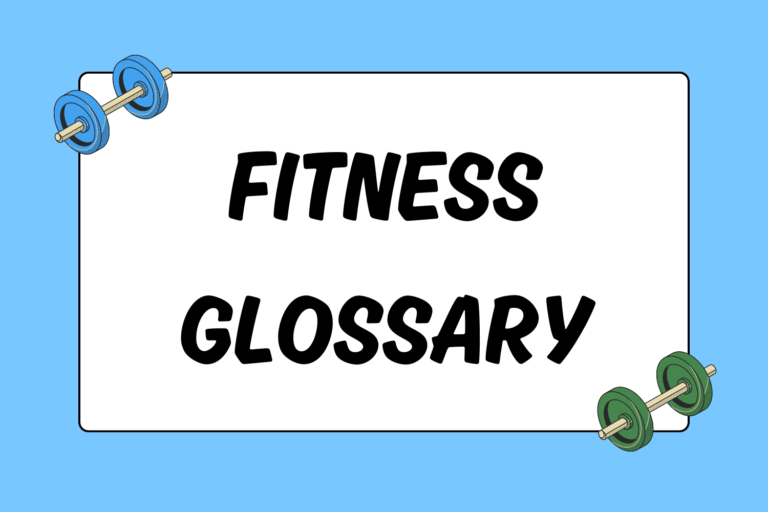You may have seen kettlebells at your local gym; they’re those cannonball-looking things with the iron handles. Believe it or not, this simple piece of equipment can give you 20 to 30 minutes worth of valuable exercises!
One of the exercises that will give you the most “bang for your buck” is the kettlebell front squat. You can use a single kettlebell to perform this exercise, but for the purpose of this guide, you will be using two kettlebells to perform what is called the “double-kettlebell front squat.” When done correctly, this exercise will target your glutes, quadriceps, shoulders, and abdominal muscles.
It sounds simple to just hold a pair of kettlebells in front of you and start squatting, but there is more to the exercise than that. Keep reading to learn how to get into the correct “racked” position, as well how to properly execute a double-kettlebell squat.
Fun Fact:
The translated term for “kettlebell” first appeared in a Russian dictionary in 1704. Kettlebells were originally used in Russia as counterweights to weigh out goods on market scales!
Getting into the Racked Position
In order to execute a double-kettlebell front squat, you must first get the kettlebells into the “racked” position; this is where you hold the kettlebells in front of you (like at the top of a bicep curl) so that the ball of the weight rests against both of your biceps and outer-forearms. Holding the kettlebells in the racked position will be painless, and should always be done before starting the double-kettlebell front squat. Here’s how to get into the racked position:
- Stance: Starting with a single kettlebell on the ground about a foot in front of you, stand with your feet shoulder-width apart and your toes pointed forward, with the kettlebell centered between your feet.
- Hinge & reach: Reach for the kettlebell with one hand. As you reach, do not squat down to pick it up. Simply “hinge” at your hip, or in other words, bend at your waist as if you are going into the deadlift position. A good way to do this is to push your butt backwards as if you were sitting down, while keeping your legs and back straight.
- Grip: Grab the handle with an overhand grip (palm facing towards you).
- Lift & swing: Lift the kettlebell off the ground and let it swing towards the space between your legs. At this point you should be holding onto the weight without trying to actively move or control it.
- Stand & thrust: As you swing the weight towards you, stand up and thrust your hips forward as fast as you can. Doing so will naturally swing the weight upward. Furthermore, the harder you drive your hips, the higher the weight will swing in front of you (you need to get the weight about shoulder-height).
- Scoop: “Scoop” or bend the elbow of the arm that is holding the kettlebell so it lands sitting between and on top of your biceps and outer-forearm. This is very similar to a one-armed hang clean. At this point your palm should be facing away from you.
This is the racked position. While holding the kettlebell in this position, repeat steps 1 through 6 to get the other kettlebell up. Also, make sure your wrist is not flexing or extending, and keep your elbows tucked towards your body. Do not flare your elbows outward, away from your body.
Now you are ready to perform the double-kettlebell front squat!
Note: Use moderately weighted kettlebells at first and adjust accordingly as you get used to the movements.
The Kettlebell Front Squat
At this point you should have both kettlebells resting in front of you in the racked position. Make sure you are standing tall with your head and chest up and your legs straight. Do not slouch! Also, be sure to brace your abdominals, squeeze your glutes, and tighten your quads.
If you are already familiar with squatting, continue reading. However, if you don’t have experience with the basic squatting motion, it’s highly recommended that you read the guide How to Squat before performing the following steps:
- Squat position: Stand with your feet slightly wider than shoulder-width apart.
- Lower & breathe: Start to lower yourself down into the squat position with your back straight and butt pushed backwards. Your knees should be in line with your toes as you do this. Also, make sure to breathe in through your nose as you squat.
- Get low: Try to squat as low as you can; with the double-kettlebell front squat it is okay for you to squat below parallel, where your hamstrings actually come in contact with your calves. Also, make sure that your heels do not lift from the ground as you are squatting.
- Exhale & push: Once you have reached the bottom of your squat, exhale through your mouth using your diaphragm and push upwards with your legs. This part of the movement should be strong, and just shy of being explosive.
- Return to position: Finish the movement standing strong and tall, like you were before you started the squat.
Complete 3 sets of 10 repetitions, with about 60 seconds of rest in between.
Learn It. Do It.
Double-kettlebell front squats can be utilized both as a core lift or a supplemental lift during your workouts. When you perform this exercise consistently it can help improve your core strength and stability, full body conditioning, range of motion in your lower extremities, and help you burn more calories in a short amount of time compared to other workouts. Once you get proficient at this exercise you can push yourself by increasing the weight, number of reps, and decreasing your rest time! Have fun!





